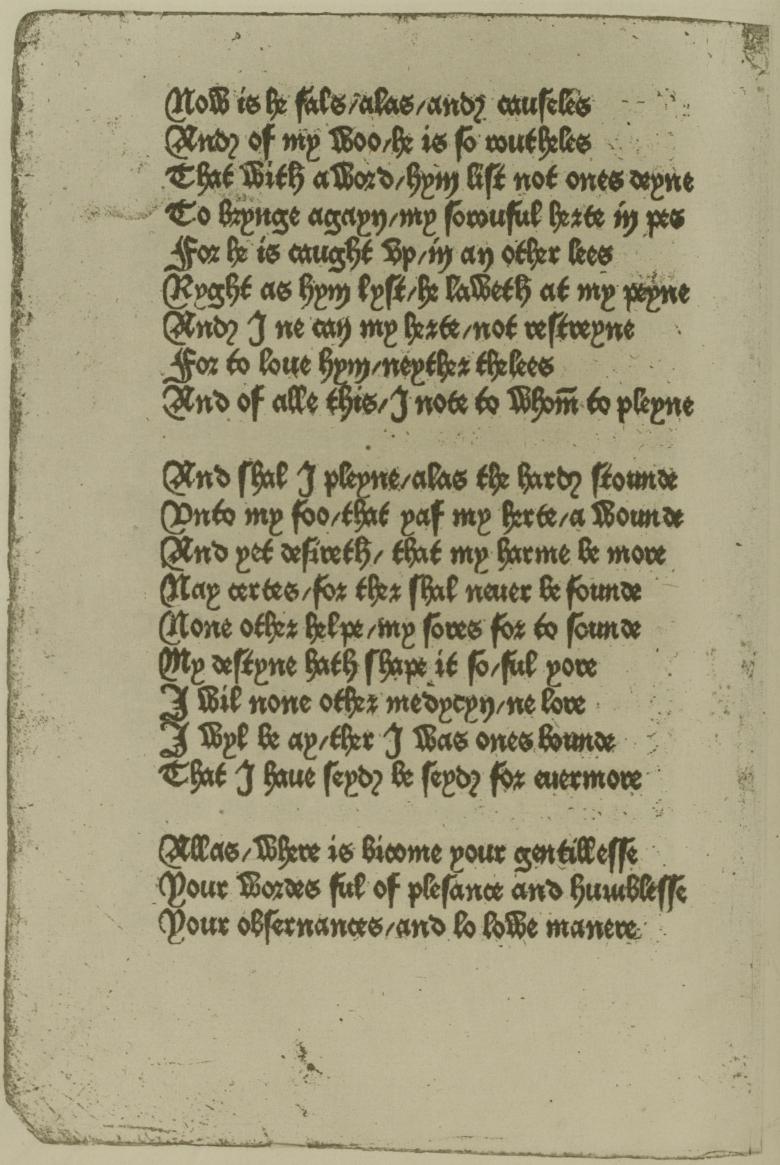Anelida and Arcite on:
[Wikipedia]
[Google]
[Amazon]
 ''Anelida and Arcite'' is a 357-line English poem by Geoffrey Chaucer. It tells the story of Anelida, queen of
''Anelida and Arcite'' is a 357-line English poem by Geoffrey Chaucer. It tells the story of Anelida, queen of
 ''Anelida and Arcite'' is a 357-line English poem by Geoffrey Chaucer. It tells the story of Anelida, queen of
''Anelida and Arcite'' is a 357-line English poem by Geoffrey Chaucer. It tells the story of Anelida, queen of Armenia
Armenia (), , group=pron officially the Republic of Armenia,, is a landlocked country in the Armenian Highlands of Western Asia.The UNbr>classification of world regions places Armenia in Western Asia; the CIA World Factbook , , and ' ...
and her wooing by false Arcite from Thebes, Greece
Thebes (; ell, Θήβα, ''Thíva'' ; grc, Θῆβαι, ''Thêbai'' .) is a city in Boeotia, Central Greece. It played an important role in Greek myths, as the site of the stories of Cadmus, Oedipus, Dionysus, Heracles and others. Archaeol ...
.
Although relatively short, it is a poem with a complex structure, with an invocation and then the main story. The story is made up of an introduction and a complaint by Anelida which is in turn made up of a proem
__NOTOC__
A preface () or proem () is an introduction to a book or other literary work written by the work's author. An introductory essay written by a different person is a ''foreword'' and precedes an author's preface. The preface often closes ...
, a strophe
A strophe () is a poetic term originally referring to the first part of the ode in Ancient Greek tragedy, followed by the antistrophe and epode. The term has been extended to also mean a structural division of a poem containing stanzas of varyi ...
, antistrophe
Antistrophe ( grc, ἀντιστροφή, "a turning back") is the portion of an ode sung by the chorus in its returning movement from west to east, in response to the strophe, which was sung from east to west.
Characteristics
Usage as a lit ...
and a conclusion. After the complaint there are a few lines which continue the story, but these may have been added by a later scribe. Like many of Chaucer's works it ends abruptly, and may be unfinished. The date of the poem's composition is not known but it is often placed in the late 1370s. The poem is never mentioned by Chaucer himself but scholars do not usually doubt his authorship. It is attributed to him in three manuscripts and by the poet John Lydgate
John Lydgate of Bury (c. 1370 – c. 1451) was an English monk and poet, born in Lidgate, near Haverhill, Suffolk, England.
Lydgate's poetic output is prodigious, amounting, at a conservative count, to about 145,000 lines. He explored and estab ...
.
The poem uses some of elements of the '' Teseida'' of Boccaccio
Giovanni Boccaccio (, , ; 16 June 1313 – 21 December 1375) was an Italian writer, poet, correspondent of Petrarch, and an important Renaissance humanist. Born in the town of Certaldo, he became so well known as a writer that he was some ...
, and the ''Thebaid
The Thebaid or Thebais ( grc-gre, Θηβαΐς, ''Thēbaïs'') was a region in ancient Egypt, comprising the 13 southernmost nomes of Upper Egypt, from Abydos to Aswan.
Pharaonic history
The Thebaid acquired its name from its proximity to ...
'' of the Roman poet Statius
Publius Papinius Statius ( Greek: Πόπλιος Παπίνιος Στάτιος; ; ) was a Greco-Roman poet of the 1st century CE. His surviving Latin poetry includes an epic in twelve books, the ''Thebaid''; a collection of occasional poetry, ...
, works which Chaucer would use again as a basis for ''The Knight's Tale
"The Knight's Tale" ( enm, The Knightes Tale) is the first tale from Geoffrey Chaucer's '' The Canterbury Tales''.
The Knight is described by Chaucer in the "General Prologue" as the person of highest social standing amongst the pilgrims, t ...
''. This influence of Italian literature
Italian literature is written in the Italian language, particularly within Italy. It may also refer to literature written by Italians or in other languages spoken in Italy, often languages that are closely related to modern Italian, including ...
is a point of transition from Chaucer's earlier works which were mainly influenced by French poetry
French poetry () is a category of French literature. It may include Francophone poetry composed outside France and poetry written in other languages of France.
French prosody and poetics
The modern French language does not have a significant str ...
. The poem itself is a rather ungainly mixture of the two traditions, with an epic invocation typical of Italian poetry giving way to a much less epic story, more French in character. Despite these jarring styles, the part of the work which forms Anelida's complaint is one of the most highly regarded uses of the "lover's-complaint" motif. Chaucer wrote several other short poems in the complaint genre such as ''The Complaint unto Pity'' and ''The Complaint of Venus'', and this may have been an unsuccessful attempt on Chaucer's part to extend the form into a much longer poem.
References
14th-century poems Middle English poems Poetry by Geoffrey Chaucer {{poem-stub